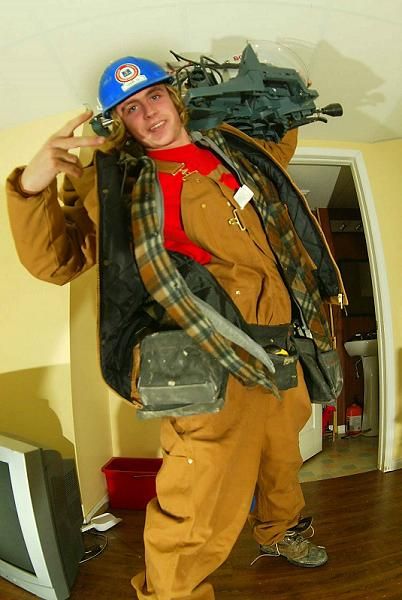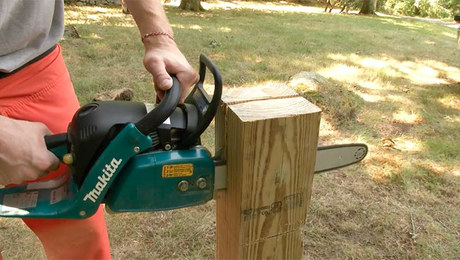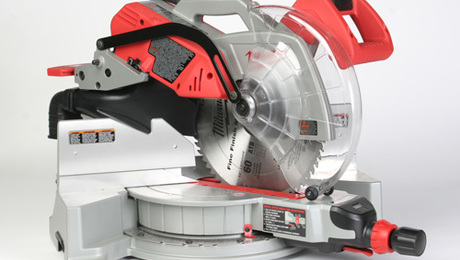
When I am installing gyproc I leave one side of a wall unfinished untill the very end. I do this so i can have a place to store all those scrap bits of gyproc that have been produced. You must be sure to fit them snugly so no rattles occur when the wall is shaked.
Four good reasons for doing this are: Slight noise reduction, saving on labour of hauling the scrap away, saving on dump fees (74$ a ton) and keeping waste out of the landfill.
The only negative i can find for this is if remodling is done on the wall some one is in for a nasty suprise.
Let me know your insights on this.



























View Comments
sorry but that is un proffesional storing scrap material in someones wall cavity is just not acceptable,maybe a better alternitave would be to find a good unconspicuos area in the garage basement or storage where you could leave the customer a nice neat supply of extra materials,a small square of drywall is handy to have around for patching holes in dry wall,if they had a nice supply of left over drywall,paint and stain,roof shingles,decking etc,etc stored neatly on shelves you would acheive the same result without looking like your trying to hide something,people can be very difficult to deal with,if its ever found in there they will not see it as a good practice.
I forgot to mention that you should always double check with the clients so they are ok with you doing this. I have rarely gotten a negative response since they are the ones who end up paying the dump fees. I personaly don't see anything unprofessional about this as long as you are clear with you clients from the beginning.
If you took the time to cut it to fit between floor joists you could increase the density of a plywood floor for sound deadening.... it would be a bit labor intensive but it would keep it out of the ground and increase the quality of the house.
20 years ago I saw dry wallers stashing it in the walls and also screwing it to the underside of the plywood deck.
Clever thinking
That makes it nearly impossible to snake electrical wires after the fact. This is a major problem for future remodeling projects in adjacent rooms that require "old work" electrical upgrades where sheetrock is not being removed. Filling the stud bays with sheetrock is somewhat common practice in commercial work, but I would never do that in a customers home.
I came across this very situation when I was hanging a 65" TV in a clients house. When it came time to fish wire down the walls they were full of leftover sheet rock. I had to get a 6' flex bit and drill a channel inside the wall. I was cursing the drywall installer for days